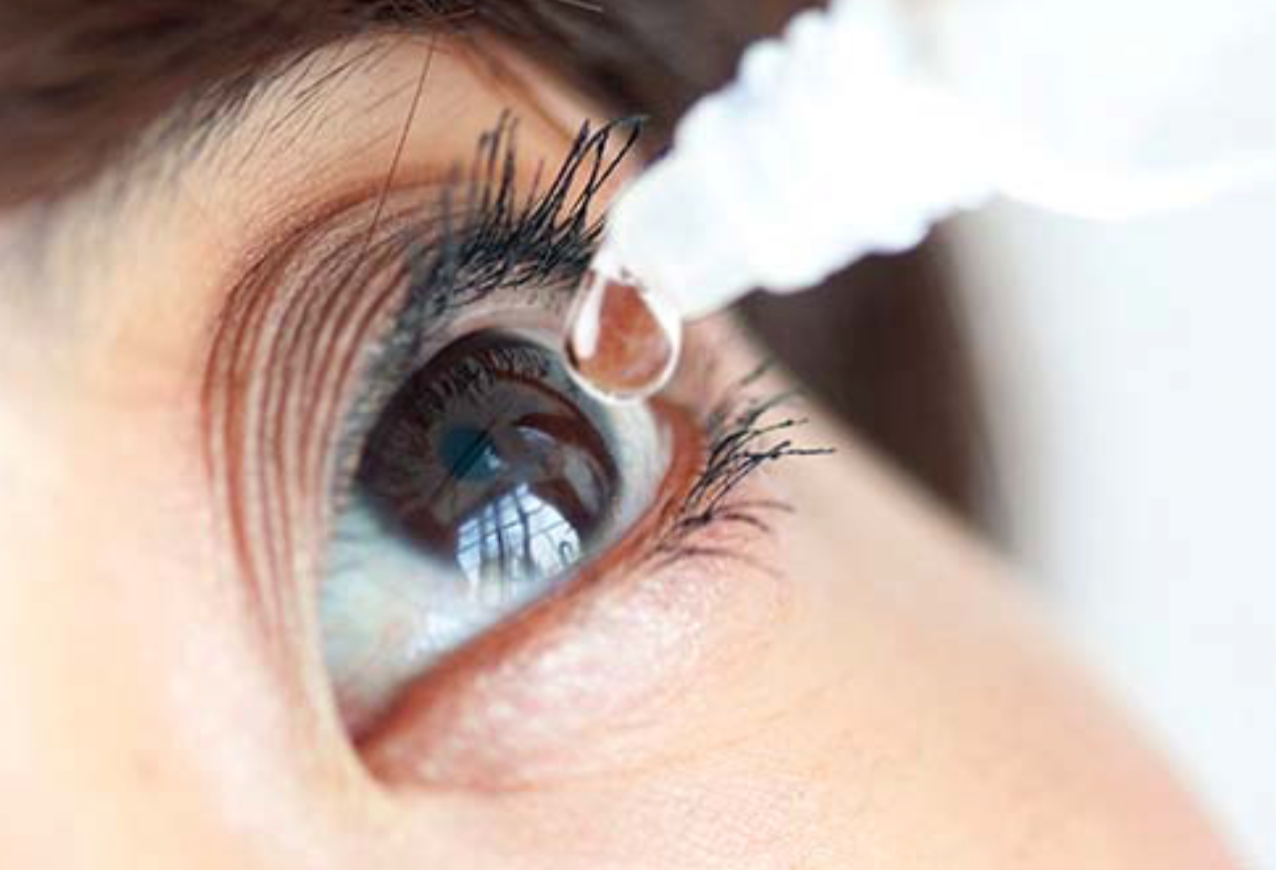Eysuvis for dry eye disease enters safety evaluation trials
Kala Pharma prepares for end of year launch

Kala Pharmaceuticals announced the completion of enrollment of the Short Term Relief In Dry Eye (STRIDE 3) Phase 3 clinical trial for KPI-121, loteprednol etabonate ophthalmic suspension 0.25%, its product candidate for the short-term treatment of dry eye disease.
If approved, the company reports it will commercialize KPI-121 0.25% under the brand name Eysuvis.
Kala resubmitted its New Drug Application (NDA) to the U.S. Food and Drug Administration (FDA) for Eysuvis in May 2020 and believes the application will be considered a Class 2 resubmission, with a targeted 6-month review timeline under the Prescription Drug User Fee Act (PDUFA). The company is preparing for a potential U.S. approval and launch by the end of 2020.
Safety and adverse reactions
KPI-121 0.25% was evaluated for safety in subjects with dry eye disease (DED) in one Phase 2 and 3 Phase 3 randomized trials.
Participants included adults suffering from DED. They each received vehicle drops of the solution 4 times daily for ≥2 weeks. In total, 1430 subjects received KPI-121 0.25%, and 1438 subjects received vehicle drops.
The 2 main safety variables evaluated in the trials were adverse events (AEs) and intraocular pressure (IOP). A common side effect associated with the use of ocular corticosteroids is elevated IOP. Because of this, subjects with a history of glaucoma were excluded from the study. Researchers defined an IOP elevation as an increase from baseline of >5 mm Hg that resulted in an IOP of ≥21 mm Hg in either eye during use of the study product.
The most common AE was instillation site pain, with 5.2 percent of subjects in the KPI-121 0.25% group and 4.4 percent of subjects in the vehicle group reporting. IOP elevation was observed with low incidence: 0.6 percent and 0.2 percent of subjects in the KPI-121 and vehicle groups, respectively.
Related: FDA approves Bausch + Lomb Alaway antihistamine eyedrops
Newsletter
Want more insights like this? Subscribe to Optometry Times and get clinical pearls and practice tips delivered straight to your inbox.